Very few printing methods are there to ensure print on demand, low-cost setting up, less operational space, and best quality printing all in one. Digital printing makes the best use of all these advantages.
Not only is there a wide range of color varieties, but also customization is available for fabrics. In recent years, digital printing on fabric has become a growing market for the viable mainstream option in the imaging community. This article serves all the quest for learnings of digital printing and its typologies.
Table Of Contents
What is Digital Printing on Fabric?
Digital printing on fabric refers to the process of inkjet technology to print patterns and graphics on fabric. Here, inkjet technology means printers with which you can print color colorful designs onto the fabric with detailed precision.
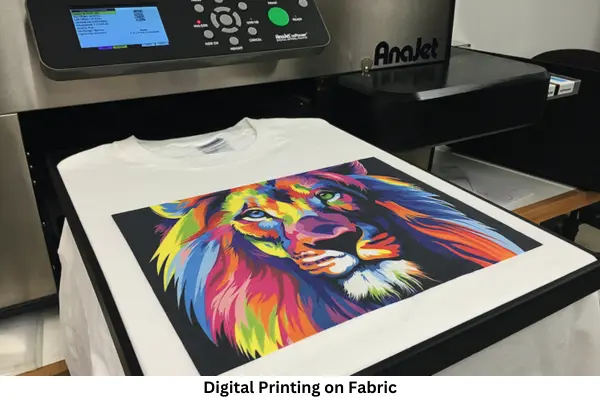
Digital printing is suitable for productions that are smaller in size. The method is cost-effective, less demanding, and mass popular. The method involves pre-treatment, printing, and post-treatment procedures in the printing process. They are:
-
Pre-Trearment Procedure: This step uses a special liquid solution. This solution helps prepare the fabric to accept the ink to the fibers.
-
Printing: This step involves placing the ink droplets onto the fabric using inkjet printers.
-
Post-Treatment: In this step, the main task is to fix the color in the fabric. It assures the design's durability. Post-treatment is easy to dot with steam, pressure, and dye heat.
6 Types of Digital Printing on Fabric
Digital printing types on fabric have evolved in recent years. Here are the most common and frequently used printing methods of digital printing. They are:
-
Direct to Fabric Printing: Here the printer applies dye directly to the fabric. It is compatible with natural fabrics. Such as cotton, silk, and linen. Direct-to-fabric printing produces rich colors and detailed designs.
This method is also suitable for some synthetic fabrics. For instance, polyester. These fabrics absorb the dye. Then, it results in vibrant and long-lasting prints. However, the effectiveness of this method in natural and synthetic fabrics.
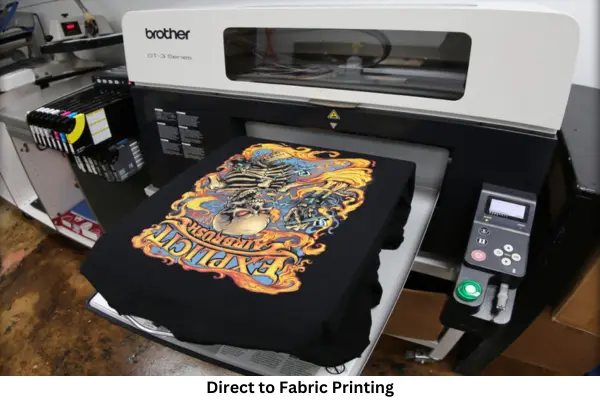
The color accuracy is top-notch. That is what makes the fabric ideal for intricate patterns.
-
Sublimation Printing: Sublimation printing is the latest fabric printing technique. It prints on synthetic fabrics only. Mostly, it is suitable for polyester-made fabric. The method involves a chemical process.
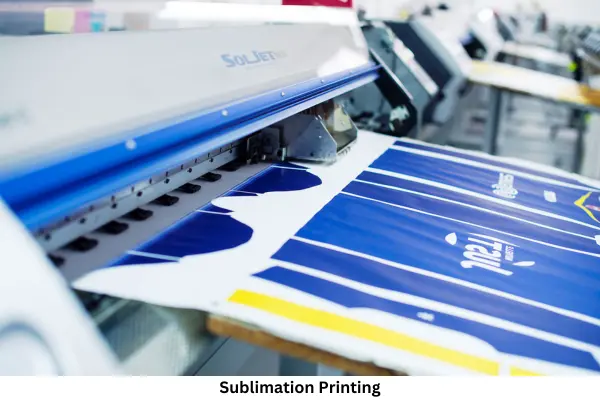
In this process, the dye transforms its state from solid to gas in a permanent method. Then, it permanently bonds with the fiber of the fabrics. But, in this typology, there is the use of a special transfer paper and dye-sublimation inks. Prints using this method are fade-resistant. The fabric also remains soft.
-
Heat Transfer Printing: Heat transfer printing is the process of printing designs onto transfer paper with specific ink and then applying heat to transfer the design onto fabric. This approach is adaptable. It is applied to a variety of materials, including cotton, polyester, and mixes. This method is widely used for custom clothes, promotional goods, and signage.
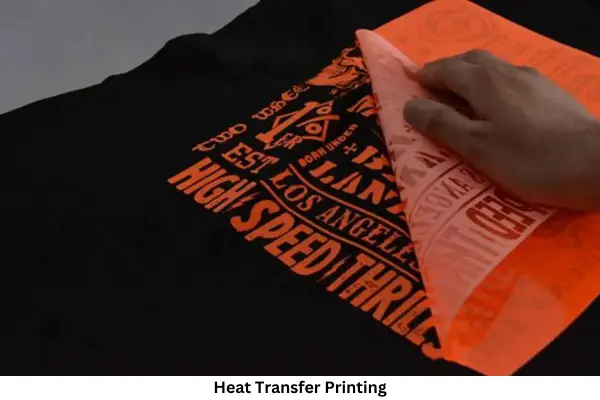
-
Discharge Printing: Discharge printing involves applying a discharge agent to dyed fabric and removing color from specified regions to produce designs. This technique is frequently used on dark-colored fabrics to create light-colored motifs.
Precision and careful handling are important to effectively regulate the generated patterns. Discharge printing has uses in household textiles like curtains, upholstery fabrics, and ornamental linens, as well as apparel items like t-shirts and sweatshirts. It has uses in the creation of personalized textiles for a range of uses and fashion accessories.
-
Pigment Printing: Pigment printing refers to the process of applying color pigments to the fabric using the binder. In this process, the method offers excellent color-fastness to be applied on fabric.
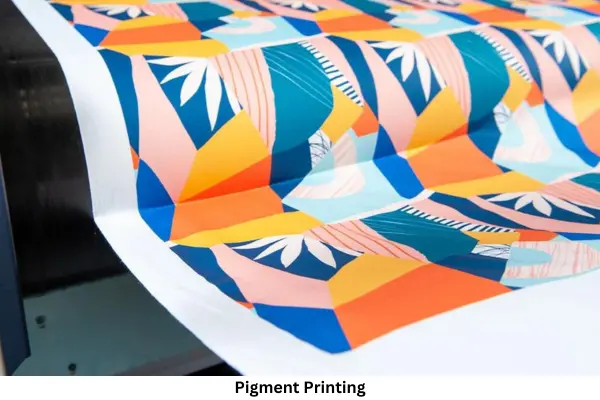
It is versatile among all types of digital printing on fabric. It is applicable to use on both natural and synthetic fibers. To get the color brilliance in the result, pre-treating the fabric is recommended. In this pigment printing, colors get placed on the surface of the fabric using adhesive. Here, the ink does not penetrate the fibers.
-
Reactive Printing: Reactive inks come in use for natural fibers. Natural fibers, here mean, cotton, silk, hemp, bamboo, etc. That also means reactive printing is not applicable to use on poly-based fibers. In the whole process of printing, reactive consists of proper pre-treatment, steaming at high temperature, and printing.
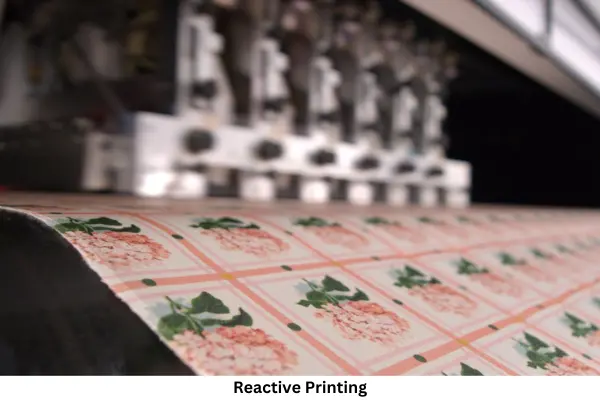
It is a chemical reaction that causes the dye to lock the colors permanently onto the fiber. After the procedure of steaming, and softening, the fabric then gets washed on the fabric to remove the ink. Here, colors are vibrant and long-lasting.
Conclusion
Digital printing on fabric is ideal for custom-printed materials. It is easy to print with specific added colors. The given 4 types of digital printing offer the benefits of transferring digital designs onto the fabric surface. It uses inkjet technology to apply straight prints on paper, plastic, and fabric. The technique allows design flexibility for fashion designers and textile manufacturers.



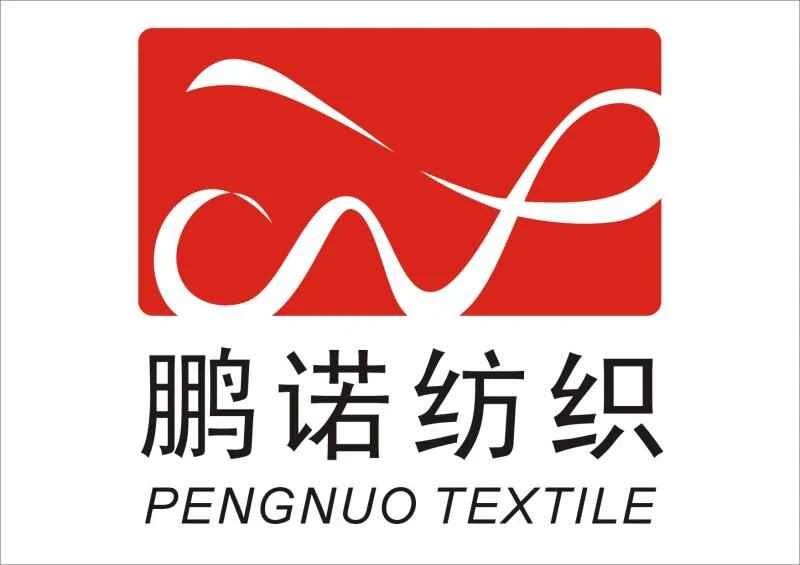

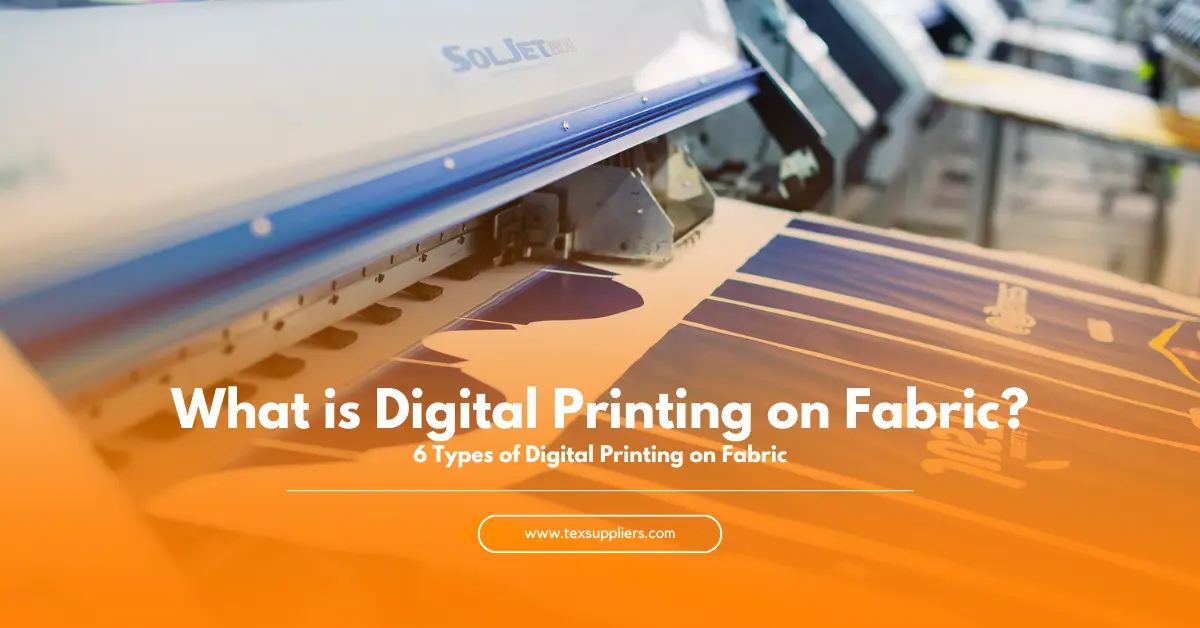
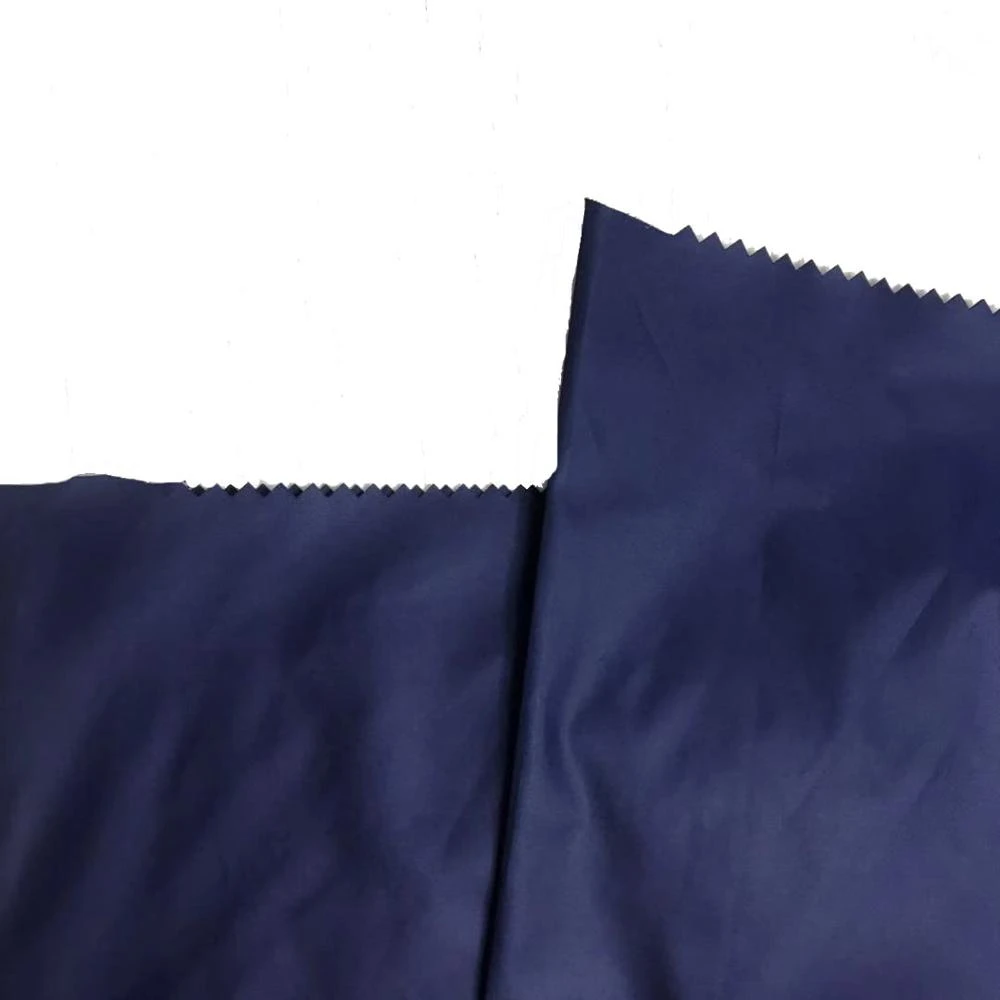
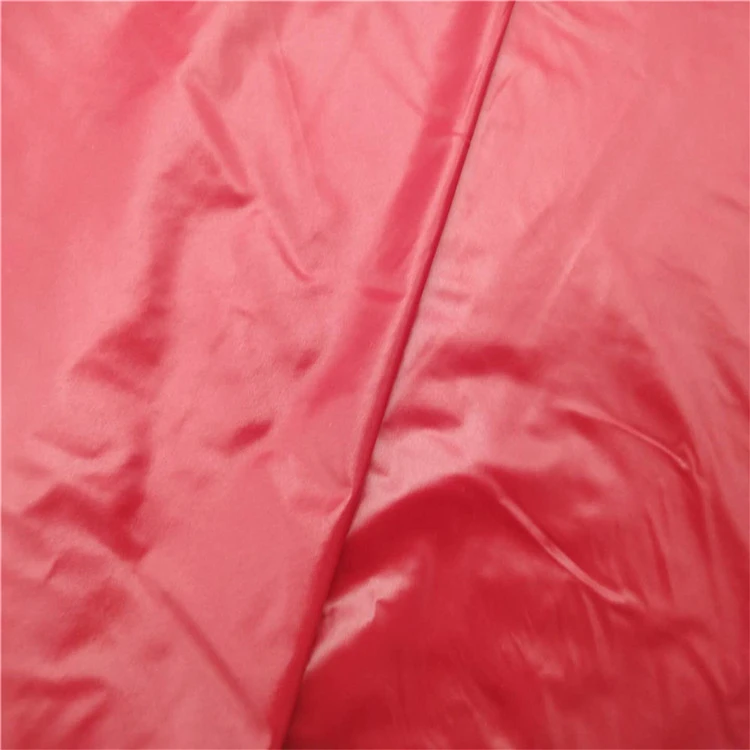
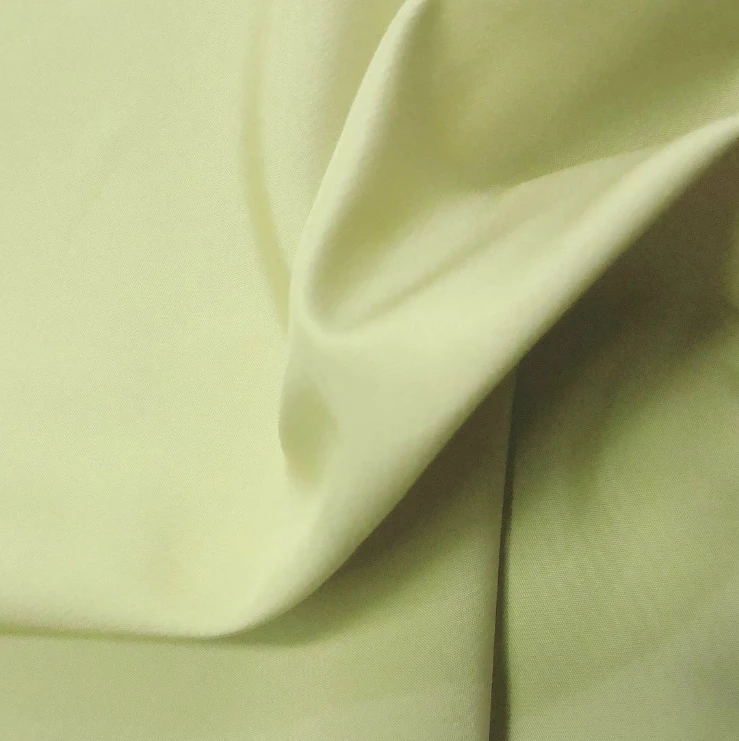
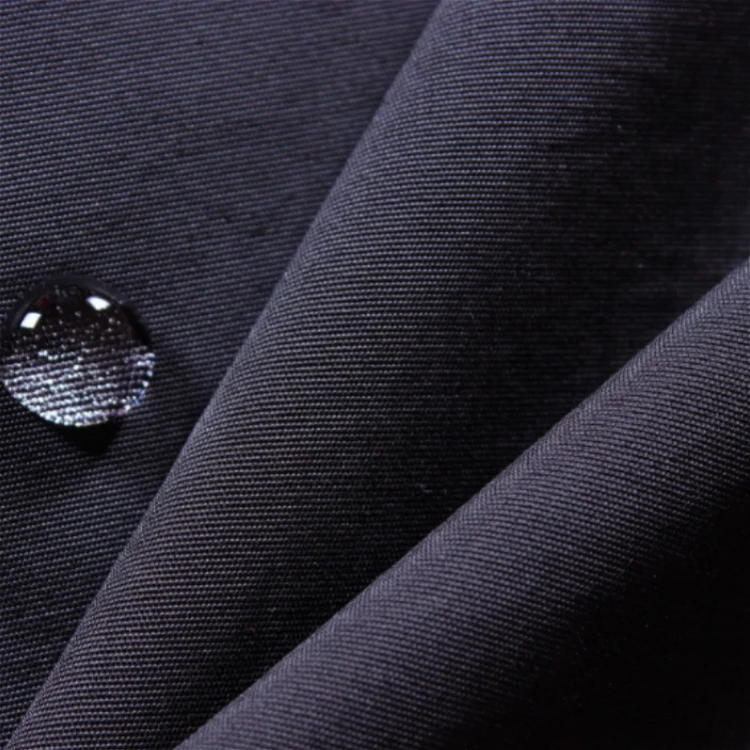
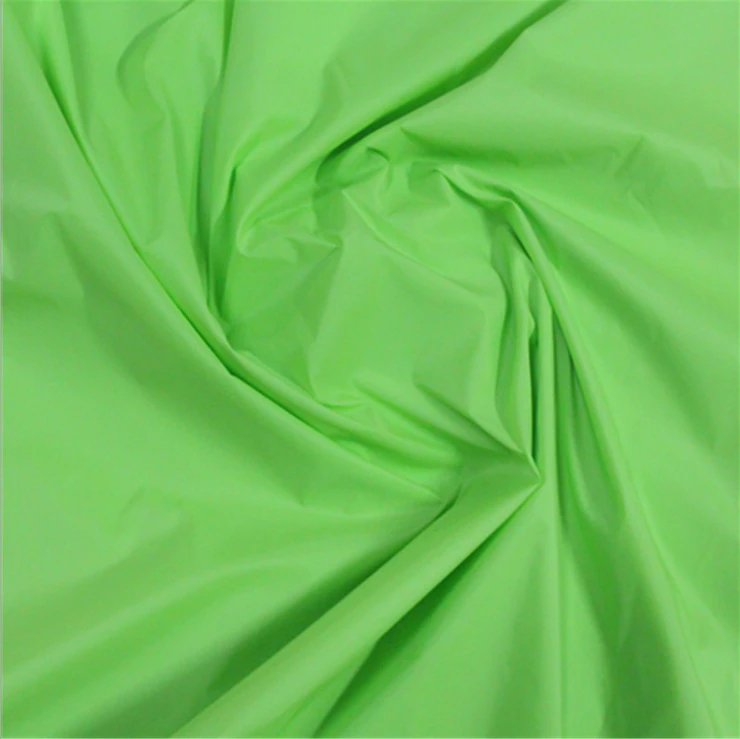

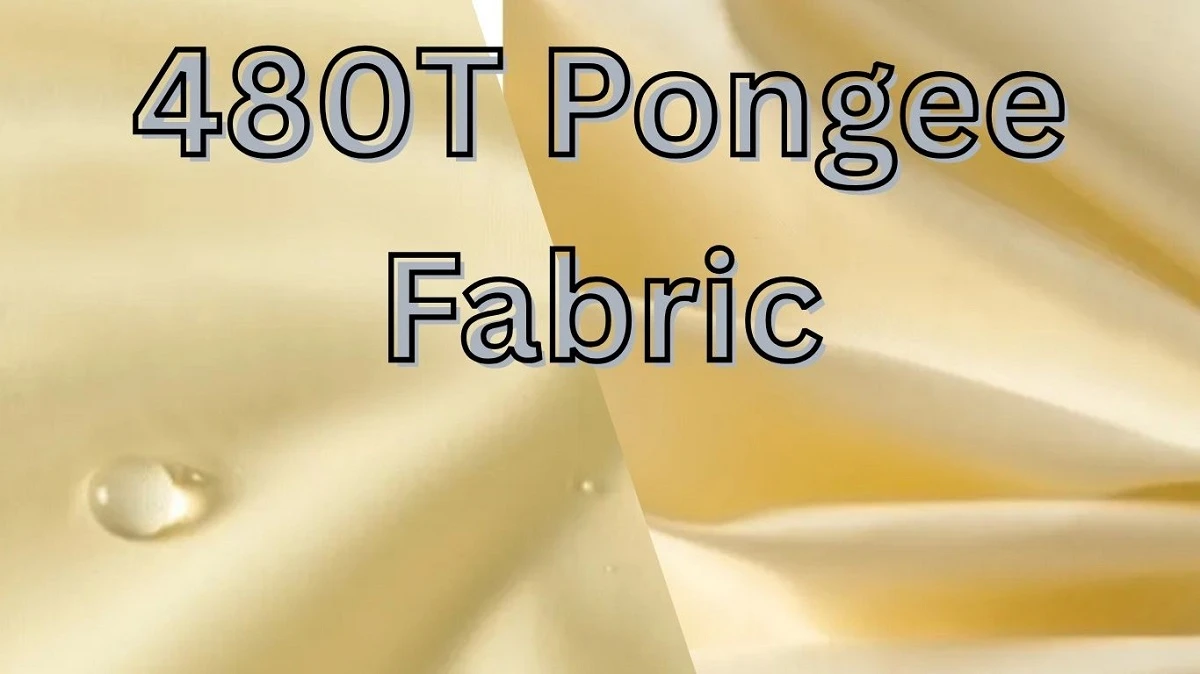
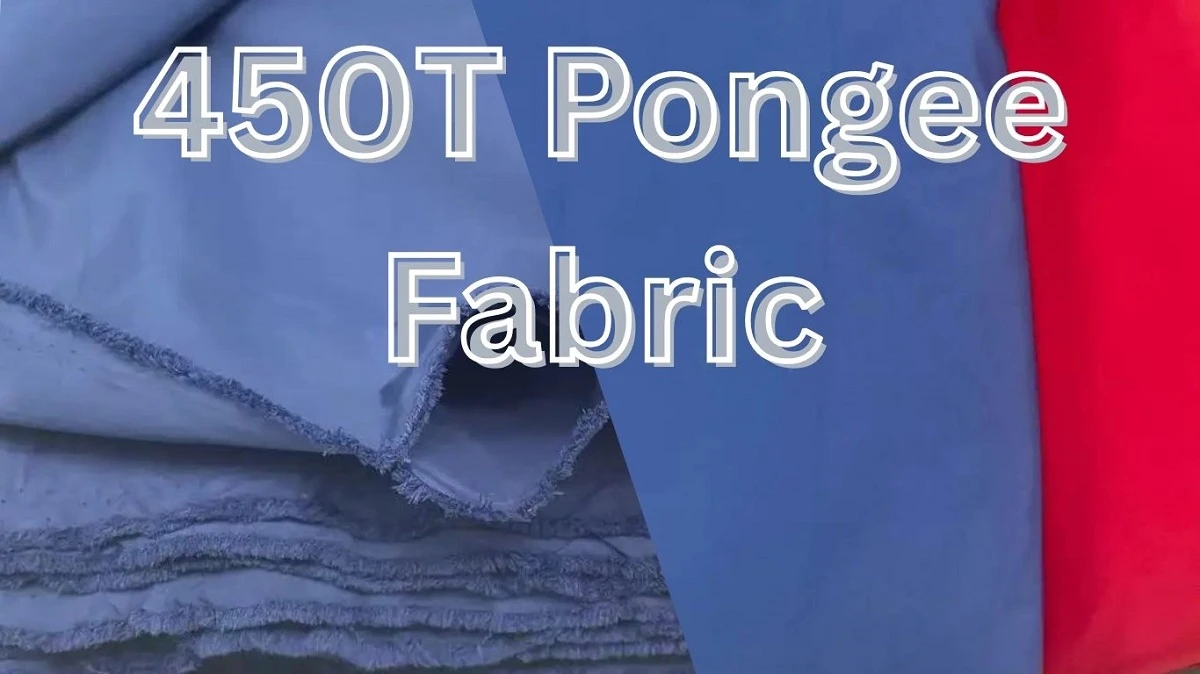
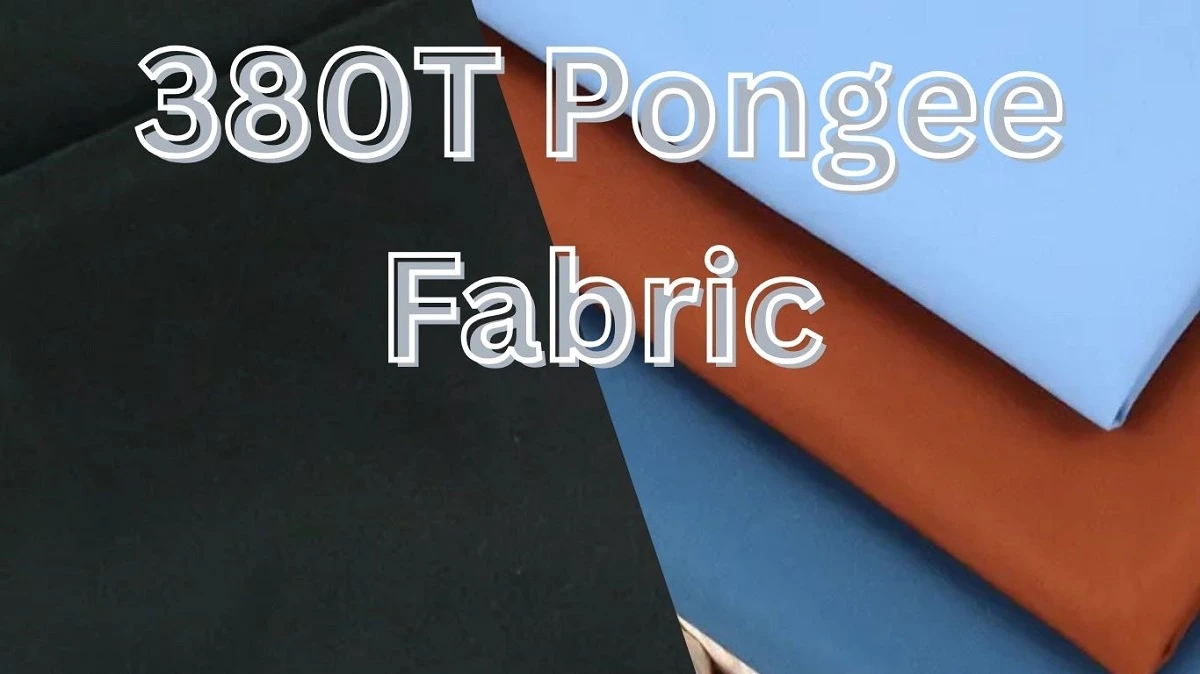
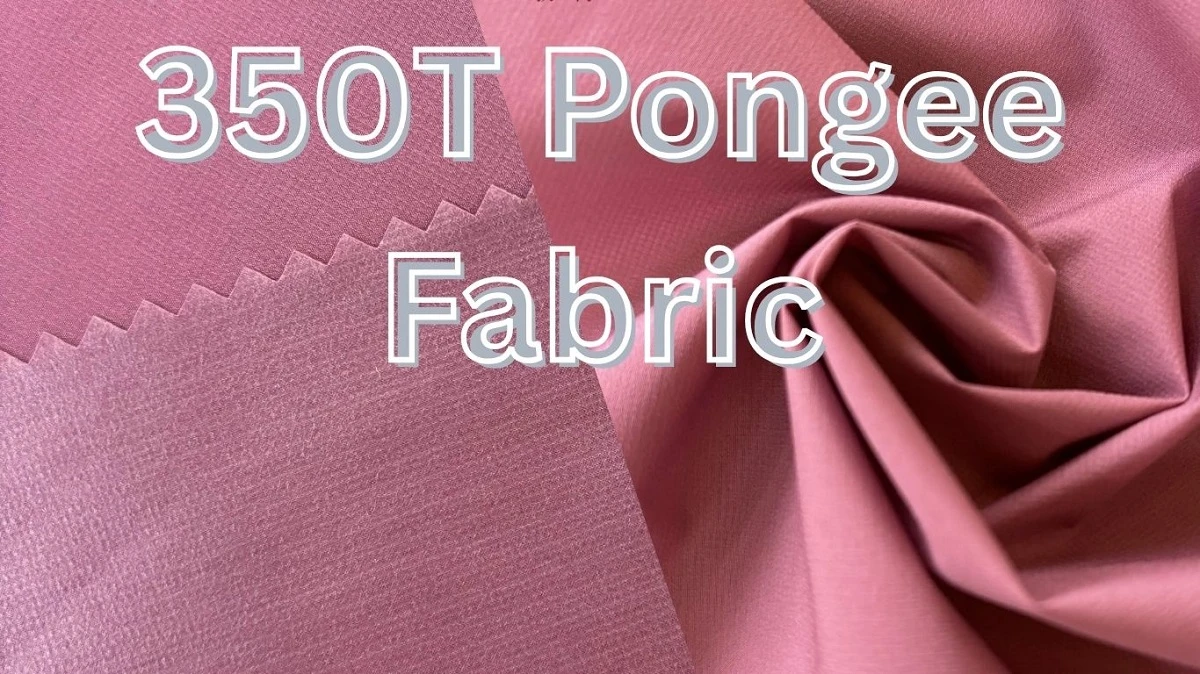
Comments - 00
Leave A Reply
Thanks for choosing to leave a comment.